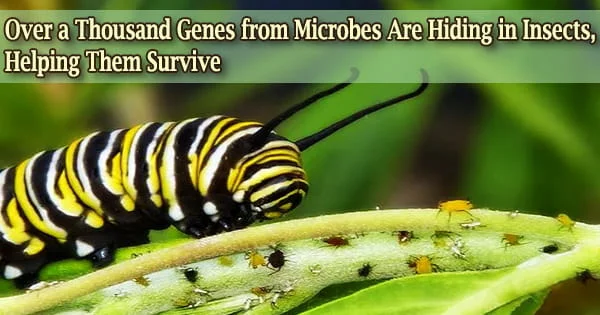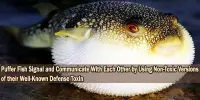Through horizontal gene transfer, microorganisms and plants may have provided insects an evolutionary advantage hundreds of millions of years ago.
On July 18, 2022, researchers reported their findings in the journal Cell. They found that more than 1,400 genes from 218 different insect species, including butterflies and moths, were derived from bacterial, viral, fungal, and plant sources.
The study makes the case that these genes may have been crucial for insect evolution since they enabled them to acquire advantageous qualities in growth, feeding, mating behavior, and environmental adaption.
HGT (horizontal gene transfer) occurs often between microorganisms. For instance, bacteria employ this process to spread genes that make them resistant to antibiotics from one species to another, but scientists have more recently focused their attention on the interaction between insects and microbes or plants.
“Previous studies have shown that HGT may have contributed to insect biodiversity, but nobody knew how large a role it plays in this process,” says senior author Xing-Xing Shen, an evolutionary biologist at Zhejiang University in Hangzhou, China.
“Since there are a lot of high-quality insect genomes available for our analysis, I thought that now is a good time to systematically investigate how prevalent HGT is in insects.”
Together with Antonis Rokas, an evolutionary biologist at Vanderbilt University, Shen’s team at Zhejiang University began this effort by collecting 218 high-quality insect genome samples, which represent 11 of the 19 orders of insects with the greatest diversity in species.
Previous studies have shown that HGT may have contributed to insect biodiversity, but nobody knew how large a role it plays in this process. Since there are a lot of high-quality insect genomes available for our analysis, I thought that now is a good time to systematically investigate how prevalent HGT is in insects.
Xing-Xing Shen
With the use of the data, scientists were able to create an evolutionary tree, spot genes that were misplaced and were more frequently discovered in non-animal genomes, and investigate the factors that affect how HGT in insects turns out.
“There were HGT events everywhere we looked,” says Shen. “However, we don’t know whether these transfers of genes are beneficial to the insects, or even the functions for most of these genes,” says Shen. He enlisted help from another expert Jianhua Huang, who studies insect gene functions at Zhejiang University.
“Shen walked into my office with a list of more than 1,400 genes, and we had to decide where to start,” Huang says.
The team decided to validate the function of the most prevalent foreign gene without known functions in insects: LOC105383139.
According to the study, “This gene was horizontally transmitted into nearly all moths and butterflies from a donor in the bacterial genus Listeria,” indicating that this gene has been present in the genome since the evolution of moths and butterflies more than 300 million years ago.
They chose to remove this old gene from broccoli and cabbage-eating diamondback moths to see what kind of activities it performs.
“Surprisingly, we saw those moths lacking this gene cannot produce many viable eggs,” Huang says. “Then, we found that the gene influences the male courtship behavior.”
The team wants to learn more about the mechanics underlying how this gene promotes more successful mating in insects and whether it may be used as a pest-control strategy.
















